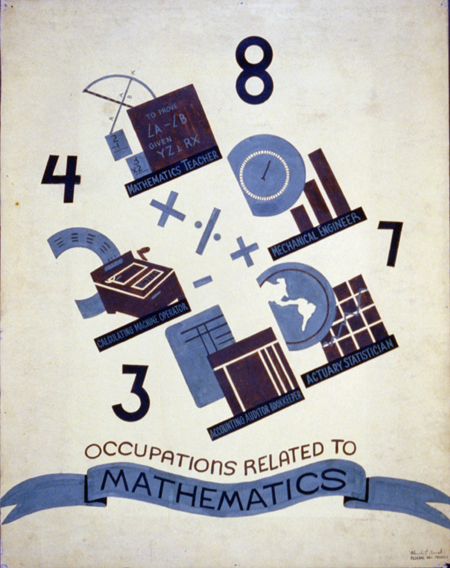Primary Source Learning: Math Activities That Add Up

Integrating primary sources into the social studies curriculum doesn’t take a quantum leap of imagination, but can you imagine how they could be paired with math? Numerous teachers who have gone through Teaching with Primary Sources programs delivered by TPS consortium members, have done just that. Intrigued? Check out their formulas for mathematical learning by reviewing the resources listed below. Thanks to Dr. Lucianne Brown, former Director of Governors State University TPS program, who helped source some of these primary source math teaching resources.
Math & Civics integrated lessons
- Data Analysis to Drive Civic Action
- Diagramming the Federal Government
- Electoral College: Are All Votes Equal?
- Gerrymandering: Voting by Numbers
- Graphing Bullying Data to Create Change
- Stop Bullying with Data Percentages
- Women Land Ownership & the World Economy
Lessons & Activities
- Arithmetic to Mathematics: A Look Back
- Battle of Nashville 1864 (map)
- Bridge Discovery
- Charts & Graphs primary source set with teacher’s guide
- Diagramming the Federal Government
- Form & Function guided primary source analysis
- Finding the Area and Volume of Buildings Using Architectural Drawings
- Huexotzinco Codex using an Aztec manuscript to learn math & history
- Johannes Kepler and COVID-19: 400 Years of Mathematical Modeling Library of Congress Blog August 24, 2020
- Learning Decimals and Fractions with a 19th-century Currency Table
- Learning from the Source: Abraham Lincoln & Me Activity Book
- Leonardo’s Workshop: The Invention, Art and Science of Leonardo da Vinci
- Lincoln The Road To Math This Century
- Making Myriopticons
- Past and Present: Using Baseball Statistics to Teach Math (student worksheet)
- Primary Source Trail of Western Migration
- Voting
- Why do we use quilts?
- Women own about one percent of world’s land
Teaching with the Library of Congress blog
- Adding Humanity to Math Class October 5, 2021
- Changing Historical Perspective with Mathematical Reasoning July 27, 2021
- Discovering Mathematical Qualities in Primary Sources from the 1918 Flu Pandemic January 19, 2021
- From Flight to Discovery May 30, 2013
- It’s Time for History, Math, and Art! May 19, 2022
- Mathematics and Misinformation March 10, 2022
- Mathematics and Primary Sources
- Data Mining, 1880s Style, Part 1 November 12, 2020
- Data Mining, 1880s Style, Part 2 November 19, 2020
- Finding the Art in Charts from W.E.B. DuBois and Others December 10, 2020
- The Evolving Postal System January 11, 2018
- Historic Codes, Ciphers, and Computational Thinking, Part I March 20, 2018
- Historic Codes, Ciphers, and Computational Thinking, Part II – the Women Codebreakers of WWII April 3, 2018
- In Search of the Perfect Calendar May 7, 2019
- The Many Faces of Baseball October 11, 2018
- Measurement, History, and the English Language November 30, 2017
- Using Primary Sources: Analyzing Population Pyramids August 10, 2021
- Mathematical Rough Drafts and Alexander Graham Bell’s Experimental Notebooks May 11, 2021
- Practicing Measurement with Historic Surveying July 16, 2021
- Pumpkins, Math, and Primary Sources November 18, 2020
- The Time they Tried to Legislate Pi March 3, 2020
- Thomas Jefferson’s Measurement Problem January 14, 2016
- Thomas Jefferson’s Proposed System of Weights and Measures January 7, 2016
- Understanding Huge Numbers: If All the Seas Were One Sea… March 17, 2022
Mathematical Games of Martin Gardner
Articles
- Celebrating Pi Folklife Today July 22, 2014
- The Corpus Agrimensorum, Roman Land Law, and Mathematical Approaches to Archeology In Custodia Legis March 26, 2012
- Einstein’s Folklore Folklife Today December 18, 2013
- Geography by the Numbers: Staff Member Solves Mystery of Mapping Equations Library of Congress Information Bulletin May 2003
- George Washington and the Weaving of American History Library of Congress Blog March 10, 2015
- Newly Acquired Arabic Manuscript on Early Astronomy and Mathematics Library of Congress Blog January 13, 2016
- Using Primary Source Projects to Teach Mathematics American Mathematical Society On Teaching and Learning Mathematics blog January 20, 2015
Primary sources
